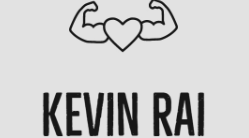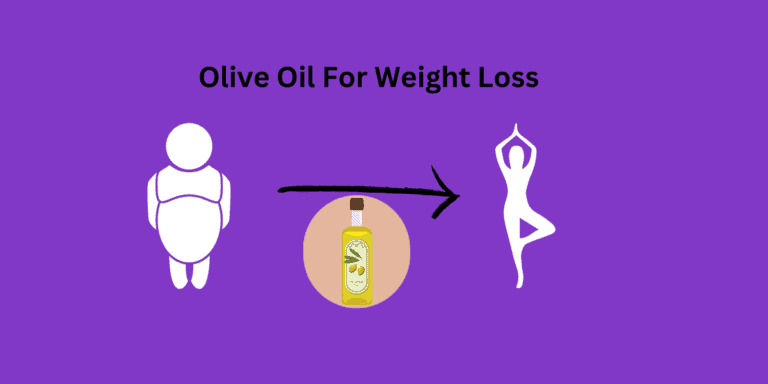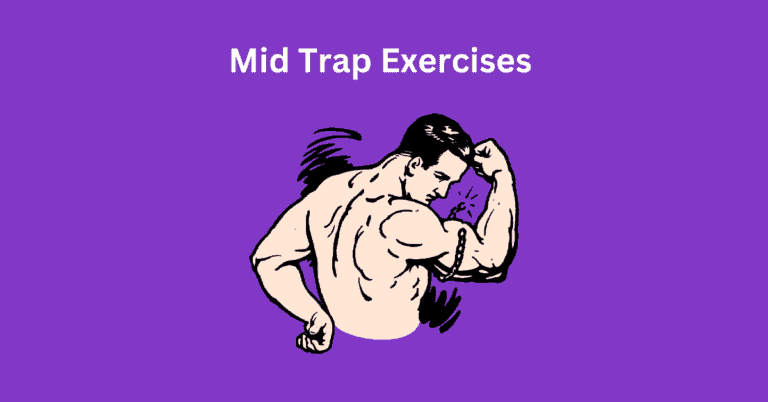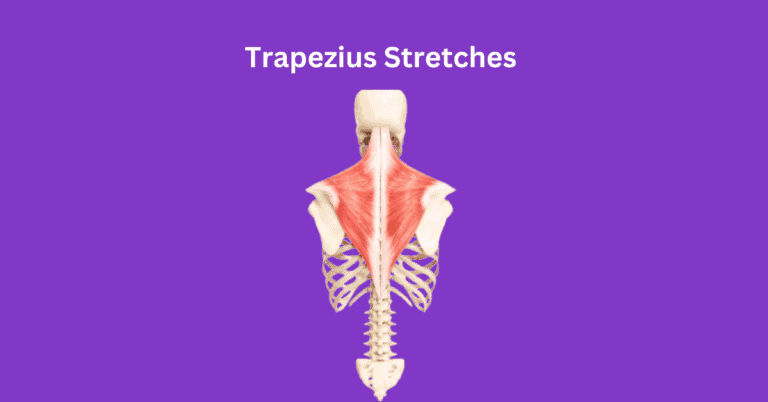7 Hip Dip Exercise – Strengthen & Tone Your Hips
Hip dips are completely normal, however the shape can vary between different people.
Even though it’s a natural feature of the human body many individuals are self-conscious about it and look for ways to minimize its appearance.
As hip dips are caused by the structure of your pelvis and genetics~ no amount of exercise or lifestyle changes can get rid of them.
With that being said hip dip exercises, which target the glutes and hips to build muscle~ can dull its overall appearance.
In this article, I will go over everything you need to know about hip dips, let’s get right into it.
What Is Hip Dips?
Hip dips are an inward curve between the hip bone and the thigh bone
They are also known as violin hips, high hips, or even shelf hips, and can be more pronounced in some people than others.
It is important to note that there is no right or wrong shape for hips, they are just a unique aspect of each individual’s body.
What Is The Femur And Pelvis?
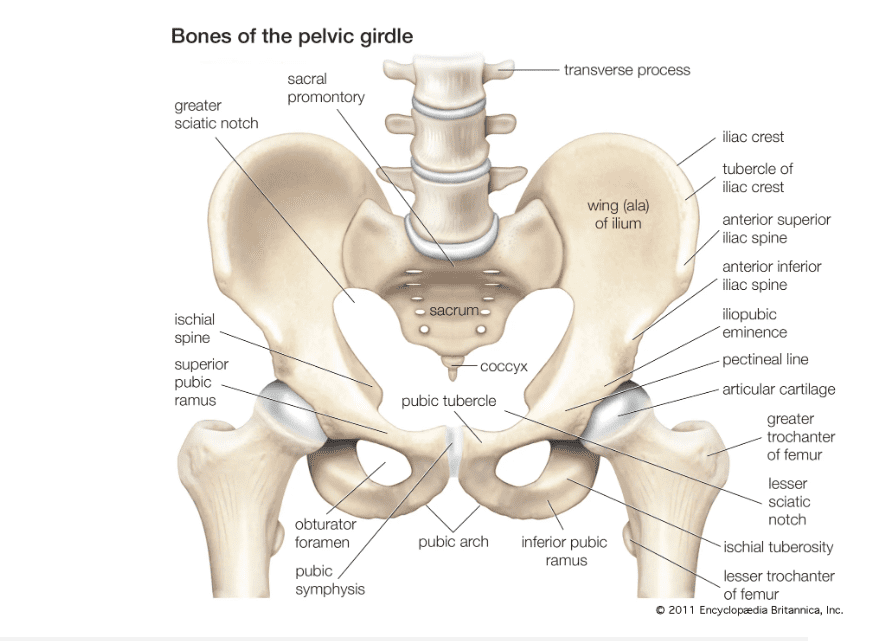
Femur also known as the thigh bone is the longest and strongest bone in the human body. The top of the femur is called the greater trochanter which makes up the hip joint.
Pelvis (hip bone) is the heart shaped bone. It joins our torso to the legs and supports the upper body’s weight.
What Causes Hip Dips?
The main root of hip dips is due to the position and shape of your hip bones relative to the femur.
When the hip bone sits higher than the femur, it creates a noticeable indentation or “dip” between the thigh and the hip bone.
Everyone has a slight dip, however people with a wider pelvis, the distance between the hip bone and thigh bone increases, so more fat and muscles are needed to fill in the gap~ leading to a bigger hip dip.
There is no one specific cause of hip dips, as they are primarily determined by a person’s genetics and bone structure.
Other genetic factors that contribute to their appearance include how your body distributes fats and muscle around the hips and thighs.
Are Hip Dips Abnormal?
Hip dips are completely normal and do not affect a person’s health or well-being.
They are simply an attribute of the body shape and do not indicate any underlying conditions.
Having them is a common feature of the human body, and many people have them to varying degrees.
So we should start acknowledging them as part of our body and embracing it rather than despising them.
It Is Possible To Completely Eliminated The Hip Dips?
You might have seen people online falsely informing you about doing certain exercises or following a certain diet plan for getting rid of hip dip.
However, unfortunately the hip dip is here to stay, no amount of what lifestyles you follow will change the composition of your bones.
Also, the genes that dictate your fat and muscle stores around the body cannot be altered.
What you do have control over is building muscle and reducing some fats around the hips by performing hip dip exercises, which will contribute to making them stand out less.
Benefits Of Working Out Your Hip
Besides potentially masking your hip dips, working out your hips to keep them strong and flexible are crucial for your overall health.
Your hips play a major role in stabilizing your body, allowing you to carry out physical activities, such as running, jumping, and lifting.
Training your hips and surrounding muscles will increase mobility and flexibility, which can be especially beneficial for people who have a sedentary job, as this can help prevent hip and joint pain.
With age comes weakening and shortening of the muscles, making you prone to injuries. So it’s important to train them regularly for leading a healthy life down the line.
Now if you are an athlete, strengthening your hips will also increase your power and explosives. Many professional athletes incorporate hip-strengthening exercises into their training regimens to improve their overall performance on the field.
Whether you are an athlete looking to improve your performance or simply looking to improve your overall health and well-being, working out the hips can provide a wide range of benefits.
Hip Dip Exercises
Below I have compiled 8 best hip dip exercises:
Squats
Not only do the squats strengthen your hips but they also work out other major lower body muscles such as the hamstrings and quads.
You can incorporate a dumbbell, barbell, or weighted vest to add variety to the exercise.
How to execute the movement:
- Place your feet just about wider than your shoulder width
- You can place your hands behind your head, on your chest, or in front of you
- Slightly shift your hips back and bend your knees
- Lower your body and hold the position for a few seconds and drive your body back up
- Aim for 10-15 reps
Things to consider:
- Keep your core engaged by tightening them while squatting.
- Make sure not to bring your upper body too far forward while descending.
- Most of the weight of your body should be on the heels of the foot
- Stretch out correctly before the squats to increase mobility
Lunges
Lunges primarily work out on your glutes and quads. As this is a unilateral exercise it will challenge the stability aspects of your hips.
If you don’t have much space around to do walking lunges, you can try doing backward lunges which are stationary.
How to execute the movement (walking lunges)
- Stand shoulder-width apart
- Step forward with one foot while keeping them both flat on the ground
- Bend both knees simultaneously
- Lower your body until your back knee is close to the ground
- Push off the back foot and return to the neutral position
- Do 10 reps for each leg
How to execute the movement (backward lunges)
- Stand shoulder-width apart
- Step backward with one foot
- Your back foot should be on your tiptoe and your front foot should be flat
- Bend your knee simultaneously until the back knee is close to the ground
- Push off your back foot to the starting position
Things to consider:
- An estimate for the length of your step should be double your walking stride.
- Do it step by step at the beginning as you may find difficulty balancing your body
- You can hold a chair or a wall for support in the beginning, for you to get used to the motion.
Glute bridges
This exercise’s main target is the gluteus maximus~ helping to build strength and grow in size. You are also required to balance your body, this will activate your core stabilizer.
How to perform the exercise:
- Lay down on a mat
- Lay your hands flat beside your body and bring your feet as close to your fingers as possible
- Drive through your feet to lift your hips and hold the top position while squeezing your glutes for a few seconds
- Gradually lower your hips and repeat again
- Aim for 10 reps
Things to consider:
- Don’t hyperextend your lower back, this can cause unnecessary injury.
- Keep the core tight throughout the exercise to stabilize your body
- Keep a steady tempo to get your glutes more fired up
Curtsy lunges
Unlike your normal lunges, the curtsy lunges work more on your gluteus medius (side of the glutes) and the inner thighs.
How to perform the exercise:
- Stand straight up with feet in line with each other
- You can either place your hands in front of you or on your hips
- Cross one foot backwards past your other one and bend your knees
- Push through your back foot to the starting position and switch legs
- Or to keep a constant tension you can just go up and down with one leg before switching over.
- Aim for 10-12 reps
Things to consider:
- Make sure your front knee and toes stay pointing forward.
- Even when moving to the side, keep your upper body straight up.
- Don’t over-twist your hips, this can make you lose tension in your glutes
Side Leg raises
This movement helps strengthen your outer thighs and hip abductor.
It’s a simple movement which makes it great for a beginner. To progress, you can add ankle weights into the mix.
How to perform the exercise:
- Lie on one side of the body with your legs straight out
- If you are laying on your left then use your left arm as a support for your head
- You can put your right hand on your hips, or for additional support place them in front of you
- Lift your legs straight up as far as you can and hold for a few seconds
- Slowly lower your leg down and repeat the movement
- Aim for 15 to 20 reps per leg
Things to consider:
- Keep your hips stuck on the floor, don’t let them move around.
- Don’t stiffen up your leg, it should be relaxed while you raise it up
- Don’t force the range of motion, go high as your body allows
Fire hydrants
Since you will be on your hands and knees, your core will get engaged. But the primary muscle that will get worked is the gluteus medius.
How to perform the exercise:
- Get down on your hands and knees
- Lift one of your knees and without changing the positioning, lift it away from the body as high as you can
- Hold the top position to feel the muscle work and slowly bring it back down
- Aim for 10-12 reps
Things to consider:
- Your hands should be below your shoulders and knees below your hips
- When kicking the leg to the side, make sure not to twist your upper body. Keep the body stacked in one place and only lift your leg.
SINGLE-LEG ROMANIAN DEADLIFT
This is a more advanced workout due to the balancing aspect. However, It is a great exercise to work out the posterior chain such as the hamstrings and calves.
What’s also great about this exercise is as you are balancing on one leg, your glutes get activated at a much higher degree than doing a normal Romanian deadlift.
How to perform the exercise:
- Stand straight up with feet close together and hands hanging down
- Bring one foot up while evenly shifting your weight onto the other leg
- Slowly kick your leg back and drop your upper body.
- At the same time slightly bend the knee of the other leg
- Get low until your fingertip is just above your knees and drive back up
- Aim for 8-10 reps
Things to consider:
- Don’t arch your back, keep it flat and straight.
- Your back leg should be straight to give the maximum stretch for your hamstrings and glutes
- The exercise might be too difficult to perform for most people. To make the exercise easier, rather than having the back foot in the air, you can be on your tiptoes to provide support.
Conclusion
Hip dips are a natural part of the body’s structure that can create a dip or indentation below the hip bone.
It’s impossible to completely get rid of the hip dips, the exercises can only do so much to reduce its appearance.
You should rather focus on things that are more in your control like strengthening your hips, which will have a bigger impact on your health.
No one’s body is perfect, everyone has a part they hate~ stressing over things that you cannot change will have a snowball effect which can impact your mental health.
So, ignore the beauty standards that people portray, it does not mean anything.
